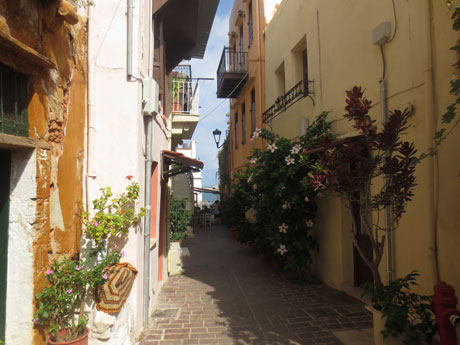Responsive Web Design - Images

Resize the browser window to see how the image scales to fit the page.
Using The width Property
If the width property is set to a percentage
and the height property is set to "auto", the image will be
responsive and scale up and down:
Notice that in the example above, the image can be scaled up to be larger
than its original size. A better solution, in many cases, will be to use the
max-width property instead.
Using The max-width Property
If the
max-width property is set to 100%, the image will scale down if it has to, but never scale up to be larger than its
original size:
Add an Image to The Example Web Page
Background Images
Background images can also respond to resizing and scaling.
Here we will show three different methods:
1. Using background-size: contain;: The background
image will scale up and down, and tries to fit the content area. However, the image will keep its aspect ratio (the proportional relationship
between the image's width and height):
Example
Using background-size: contain;:
div {
width: 100%;
height: 400px;
background-image: url('img_flowers.jpg');
background-repeat: no-repeat;
background-size: contain;
border: 1px solid
black;
}
Try it Yourself »
2. Using background-size: 100% 100%;: The background image will stretch to cover the entire content area:
Example
Using background-size: 100% 100%;:
div {
width: 100%;
height: 400px;
background-image: url('img_flowers.jpg');
background-size: 100% 100%;
border: 1px solid black;
}
Try it Yourself »
3. Using background-size: cover;: The background image will scale to cover the entire content area. Notice that the "cover" value keeps the aspect
ratio, and some part of the background image may be clipped:
Example
Using background-size: cover;:
div {
width: 100%;
height: 400px;
background-image: url('img_flowers.jpg');
background-size: cover;
border: 1px solid
black;
}
Try it Yourself »
Different Images for Different Devices
A large image can be perfect on a big computer screen, but useless on a small device. Why load a large image when you have to scale it down anyway? To reduce the load, or for any other reasons, you can use media queries to display different images on different devices.
Example
/* For width smaller than 400px: */
body {
background-image:
url('img_smallflower.jpg');
}
/*
For width 400px and larger: */
@media only screen and (min-width: 400px)
{
body {
background-image: url('img_flowers.jpg');
}
}
Try it Yourself »
The HTML <picture> Element
The HTML <picture> element gives web
developers more flexibility in specifying image resources.
The most common use of the <picture>
element will be for images used in responsive designs. Instead of having one
image that is scaled up or down based on the viewport width, multiple images can
be designed to more nicely fill the browser viewport.
The <picture> element works similar to the <video> and
<audio> elements. You set up different sources, and the first source that fits the
preferences is the one being used:
Example
<picture>
<source srcset="img_smallflower.jpg" media="(max-width:
400px)">
<source srcset="img_flowers.jpg">
<img
src="img_flowers.jpg" alt="Flowers">
</picture>
Try it Yourself »
The srcset attribute is required, and defines the source of the image.
The media attribute is optional, and accepts the media queries you find in
CSS @media rule.
You should also define an <img> element for browsers that do not support the
<picture> element.
Responsive Image Gallery
Here, we use media queries together with flexbox to create a responsive image gallery:

